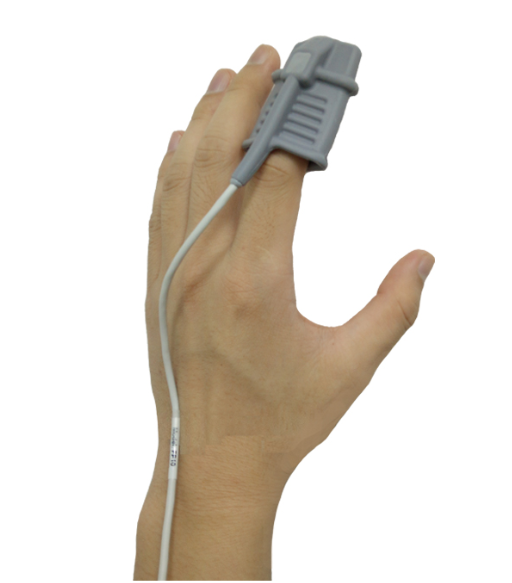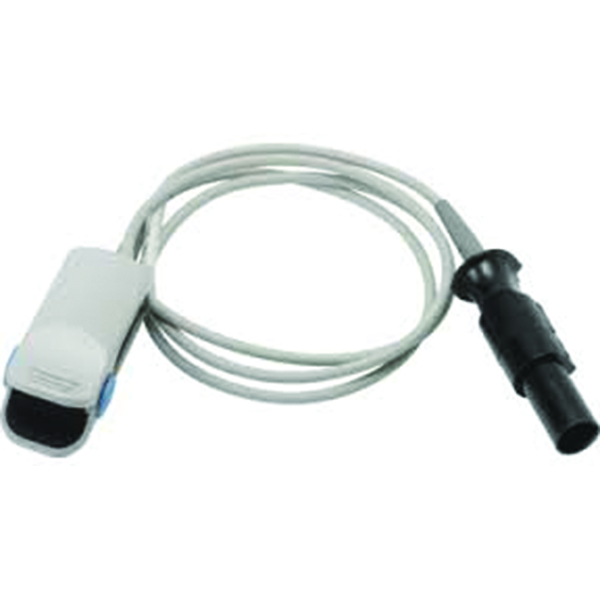
If your finger pulse oximeter reading is below 90 percent, try testing again - in case there was a testing error - or consider contacting your doctor. Readings should typically fall between 95 and 100 percent, with readings at 92 percent or below potentially indicating that there isn’t enough oxygen in your blood. This type of reading is called oxygen saturation, or SpO2, and the results display as a percentage. The light shines through the tissues of your fingertip, and the sensor on the other side picks up the light that comes through.įinger pulse oximeters can then measure how much light comes through your finger to estimate how many of your red blood cells are carrying oxygen. These devices have light-emitting diodes, or LEDs, on the inside of the probe that can send small beams of light through your finger to track the amount of oxygen in your blood. Pulse oximeters are most commonly worn on your finger and are completely painless to use. So, to help make your search a little easier, we’ve compiled our top picks of the eight best finger pulse oximeters so you can start tracking your levels quickly and easily from home.
#FINGER ALARM HOW TO#
If you’re thinking about purchasing an at-home finger pulse oximeter, it’s important to discuss with your doctor when you should use it, how to interpret the results, and when to seek medical care.įinding the right device for your needs may take some time, and you may be wondering what the difference is between all of these different devices. For example, conditions like hypoxemia can result in low blood oxygen levels, and having a finger pulse oximeter at home could provide better peace of mind. While the COVID-19 pandemic has led to a renewed interest in pulse oximeters for home use, there are many other reasons why you might consider investing in your own device to have on hand.

There are several different brands and designs available so that you can easily check your blood oxygen saturation levels from the comfort of your home. Here’s our process.įinger pulse oximeters are usually found at doctors’ offices and hospitals, but what you may not know is that you can also buy one to use at home. If you buy through links on this page, we may earn a small commission.


We include products we think are useful for our readers.


 0 kommentar(er)
0 kommentar(er)
